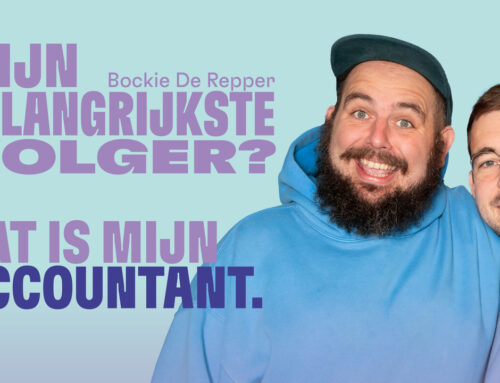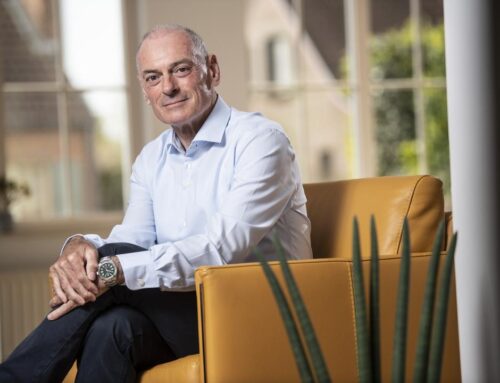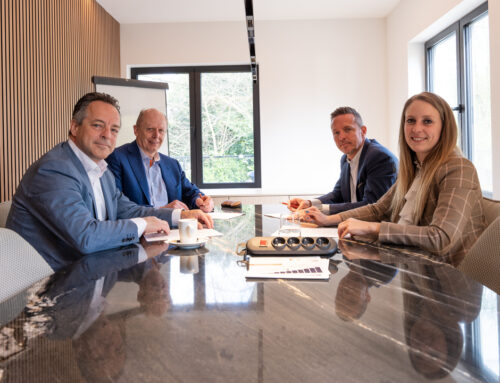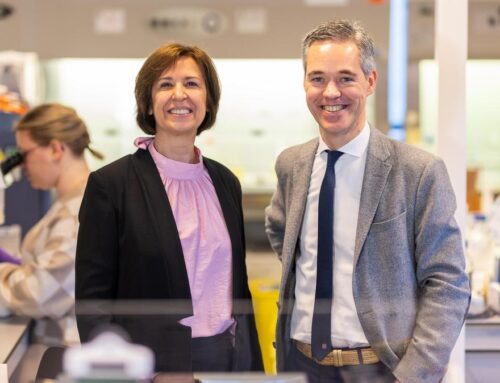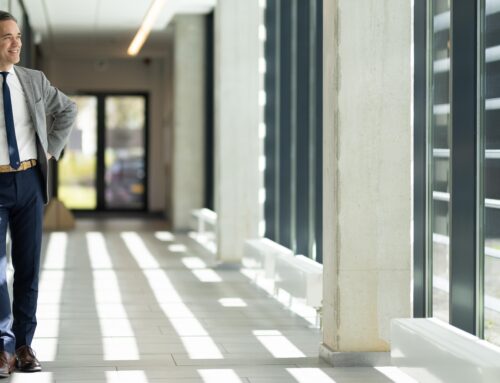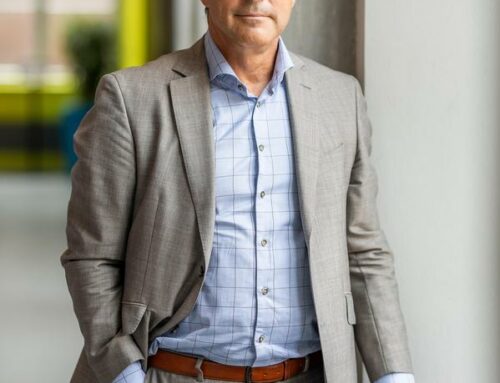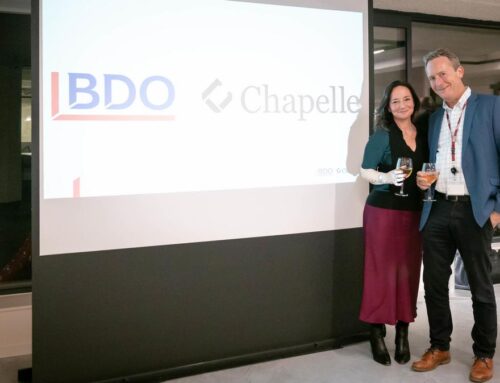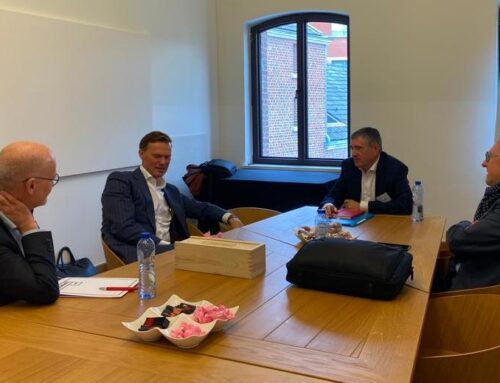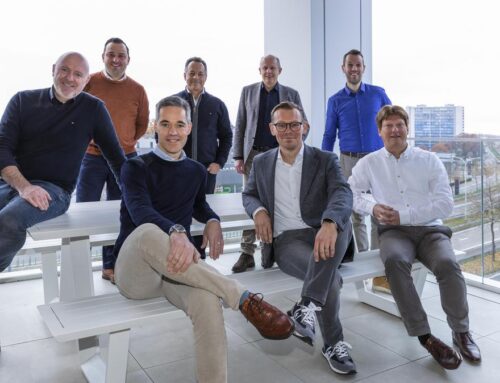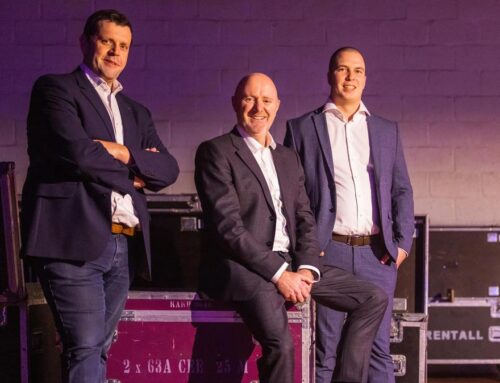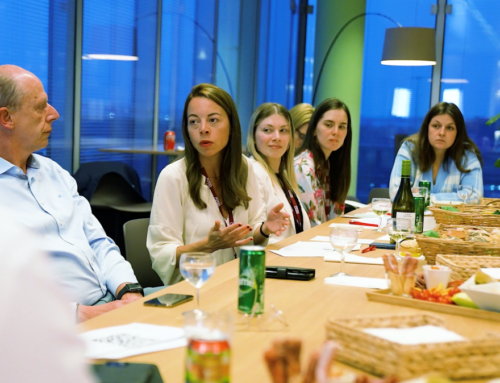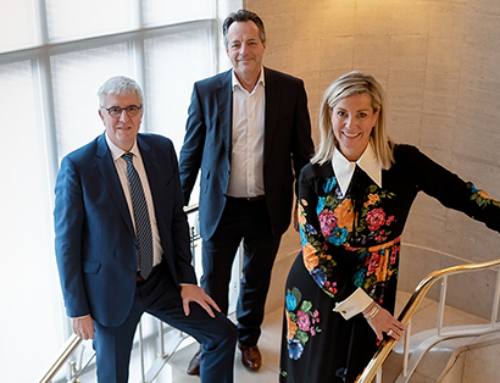Sopadis: “Sustainable mobility is not a clear-cut issue.”
Our federal government is clear: Belgians must drive ‘greener’. And business mobility – and therefore the company car as well – is an important tool for achieving this goal. Dealer network Sopadis’ market research also confirms this. Sopadis is part of car importer D’Ieteren and exclusively distributes all brands of the Volkswagen Group on the Antwerp-Mechelen-Brussels axis. “The average Belgian is holding firm to his or her car as the most important means of transport,” says CEO Stefan Kerckhoven. “Shared cars and bicycles are on the rise – public transport less so – but they are not blowing the car (or company car) off its pedestal.” ‘Green Mobility’ is the way forward … but there is still a long way to go!
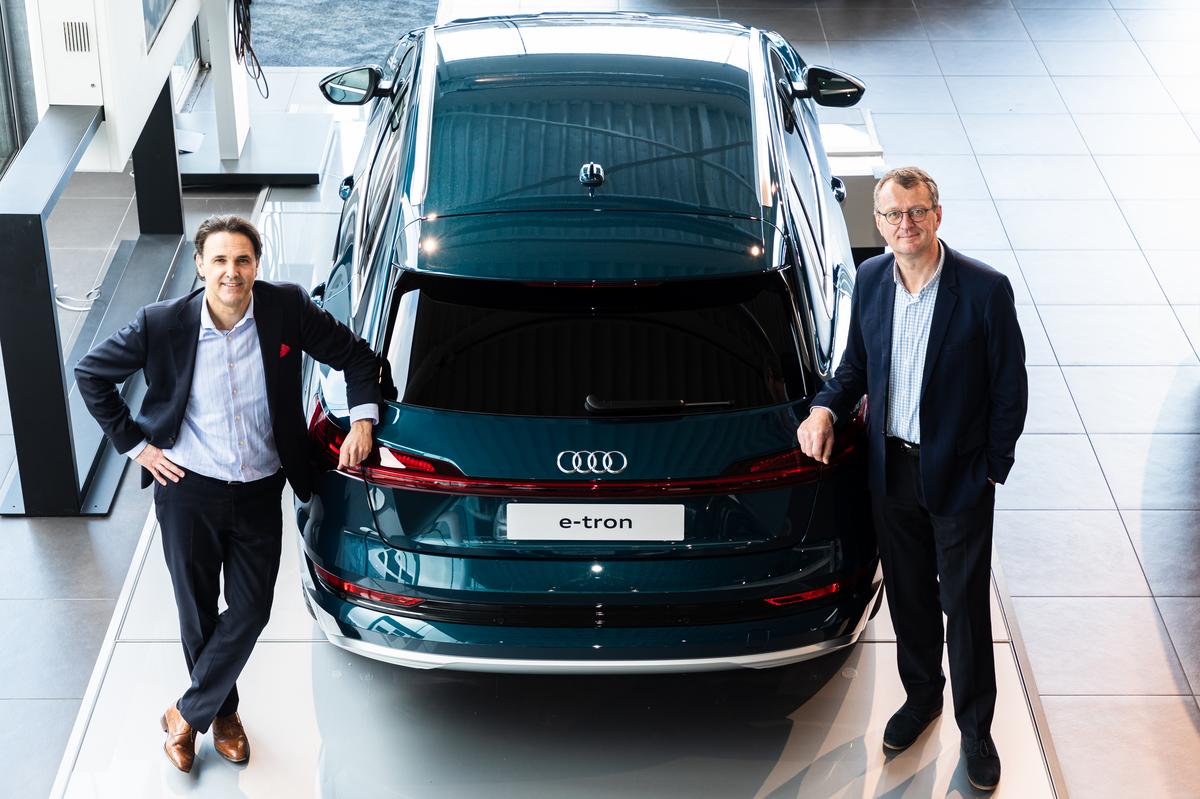
The shift to environmentally-friendly drivetrains has undeniably started. On the one hand, driven by customers’ ambitions to organise their mobility sustainably; and, on the other hand, triggered by the fundamental fiscal adjustment from mid-2023 that is a major catalyst in the trend towards fewer emissions. Stefan Kerckhoven: “Given the highly competitive offer of electric vehicles within our brands, combined with in-depth knowledge of taxation, charging infrastructure and Total Cost of Ownership (TCO) calculations, we definitely see the shift to sustainable mobility as an opportunity.”
Incubator for sustainable mobility
The ambition to make the fleet sustainable is far from new. D’Ieteren founded the start-up studio Lab Box about 10 years ago. This is where innovative mobility solutions are allowed to mature. In close cooperation with this internal incubator, Sopadis offers not only a fleet but also charging infrastructure, alternative mobility solutions, and shared transport. It introduced this knowledge and know-how through, among other things, D’Ieteren’s participations in car-sharing company Poppy, mobility app Skipr, etc., and new business lines of its own, such as the charging station installer/energy manager EDI (Electric D’Ieteren) and bicycle dealer D’Ieteren Bike. “Today, we are able to put into practice every aspect of the mobility matrix,” says Stefan Kerckhoven.
“We definitely see the shift towards sustainable mobility as an opportunity.”
“Umbrella is the latest addition to Lab Box,” says Karl Lechat, CEO of D’Ieteren Bike. “Ever more companies and organisations are introducing the mobility budget. However, the subject matter is so complex to roll out tailored to each individual employee (also read the article ‘Sustainable (green) mobility’) that they could do with some help from an independent expert in finding their particular way through the fiscal, labour law and operational possibilities within that budget model.”
Performing TCO calculations
“The bottom line boils down to an effective TCO calculation for the entire greening process, in which – each time within the specificity of each company – we use assumptions that reflect reality and that result in a forecast that survives every subsequent calculation,” explains Benoît De Cannière, CFO of Sopadis. “I am still amazed at how many different parameters you have to take into account to map out the impact of greening. Financial, fiscal, social, and… cultural. After all, the chances of success of a sustainable mobility plan are closely linked to the attitude and ‘employee experience’ of each individual employee.”
“The bottom line boils down to an effective TCO calculation for the entire greening process.”
Pitfalls, thresholds & challenges
Electrification and sustainable mobility are not clear-cut issues, but require time. In some specific situations, conventional drivetrains remain the right and most cost-effective answer to a customer’s mobility needs. “Even within the same company, you must have the ability and courage to distinguish between subgroups in which electrification can be done more quickly and departments where employee operability requires this transition to be extended over time,” says Karl Lechat. This is usually due to the availability of charging infrastructure and the general mindset. “In short, avoid premature decisions without proper study and forecasting – and dare to share that insight with your customers,” advises Stefan Kerckhoven.

